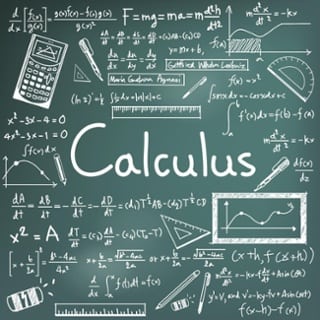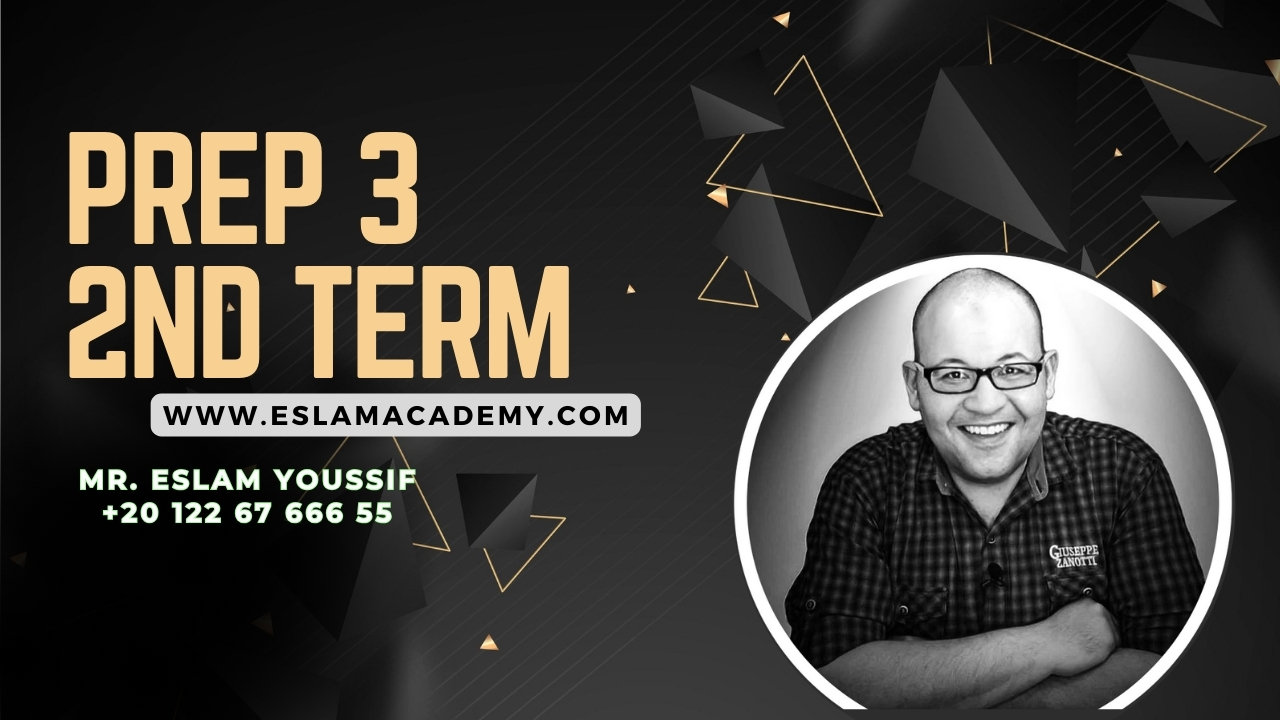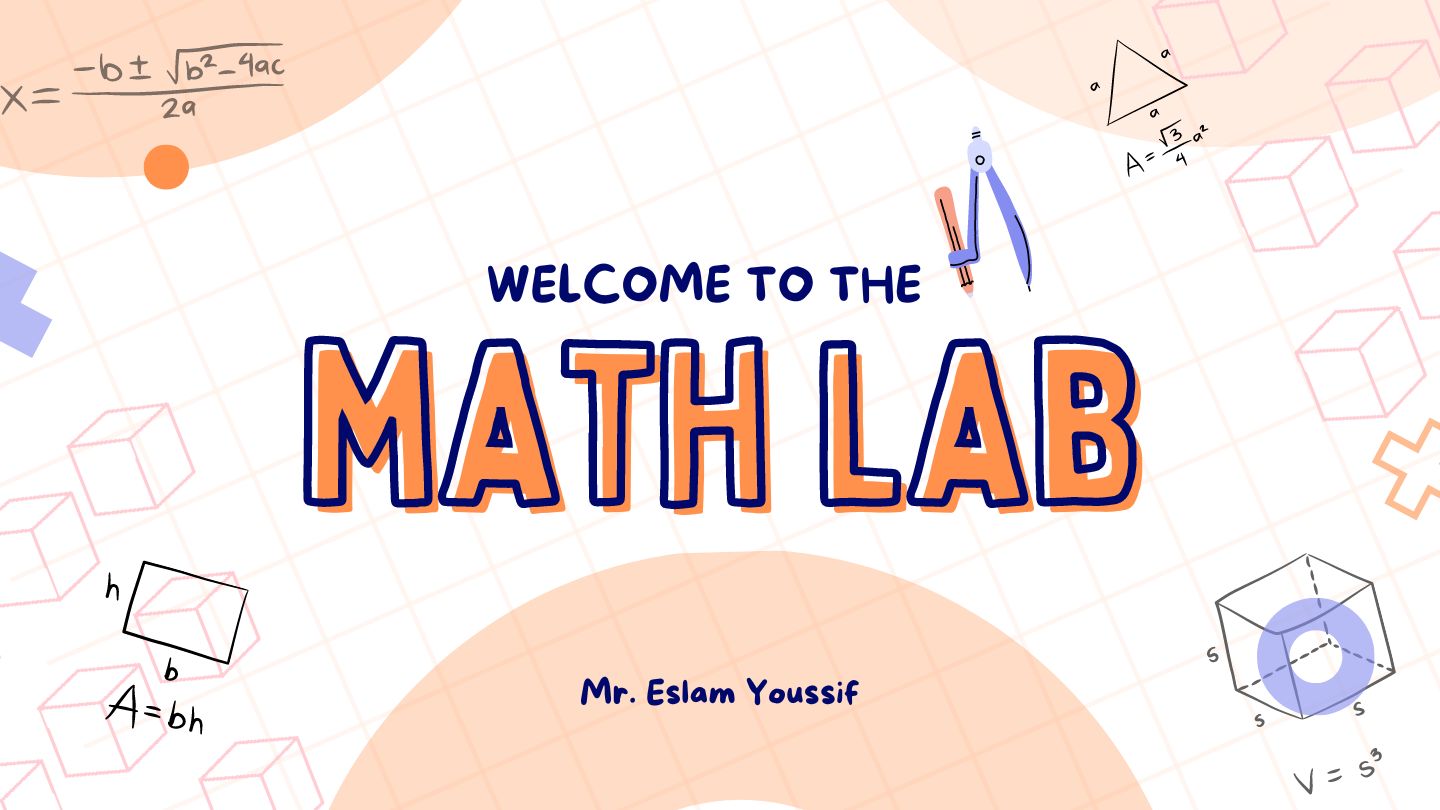Available courses
SAT & ACT & EST Math Mastery: From Basics to Advanced Topics
"SAT Math Preparation Course"
This comprehensive course is designed to help students excel in the mathematics section of the SAT exam. It covers essential topics such as Problem Solving and Data Analysis, Heart of Algebra, and Passport to Advanced Math. Through in-depth lessons, practice problems, and strategic tips, students will enhance their quantitative literacy, master algebraic concepts, and tackle complex equations. The course includes hundreds of examples and practice problems to ensure thorough preparation and confidence on test day.
The SAT Math course covers various topics designed to test your mathematical abilities and problem-solving skills. Here's an overview of the primary areas taught:
Heart of Algebra: Focuses on linear equations, systems of linear equations, and linear functions.
- Simplifying, solving, and interpreting linear expressions and equations.
- Understanding and solving systems of linear equations.
Problem Solving and Data Analysis: Emphasizes data interpretation and real-world problem-solving.
- Analyzing and interpreting data in various forms (tables, graphs, charts).
- Understanding ratios, proportions, percentages, and statistics.
Passport to Advanced Math: Involves complex equations and functions.
- Manipulating complex equations and expressions.
- Understanding quadratic and exponential functions.
Additional Topics in Math: Covers miscellaneous topics, including geometry, trigonometry, and complex numbers.
- Understanding and solving problems related to geometry and measurement.
- Working with trigonometric functions and radians.
- Handling complex numbers and their properties.
The course often includes practice problems, test-taking strategies, and timed practice tests to build your confidence and improve your performance on the actual exam.
The Grade 11 Algebra 2 course in the "Reveal Math" series delves into advanced algebraic concepts, helping students build a strong mathematical foundation. Here's a concise summary:
Key Topics:
Polynomial Functions:
Understanding, analyzing, and graphing polynomial functions.
Operations with polynomials, including addition, subtraction, multiplication, and division.
Theorems related to polynomials, such as the Remainder and Factor Theorem.
Rational Functions:
Simplifying, analyzing, and graphing rational functions.
Operations with rational expressions.
Solving rational equations and understanding asymptotic behavior.
Exponential and Logarithmic Functions:
Exploring the properties and applications of exponential functions.
Understanding logarithms, their properties, and their relationship to exponentials.
Solving exponential and logarithmic equations.
Sequences and Series:
Investigating arithmetic and geometric sequences and series.
Using formulas to find specific terms and sums of sequences.
Conic Sections:
Analyzing and graphing parabolas, ellipses, hyperbolas, and circles.
Understanding the geometric definitions and properties of conic sections.
Probability and Statistics:
Exploring concepts of probability, including conditional probability and independent events.
Analyzing data using statistical measures and understanding distributions.
Trigonometry:
Understanding the unit circle, trigonometric functions, and their properties.
Solving trigonometric equations and applying trigonometry to real-world problems.
Throughout the course, students engage in problem-solving and critical thinking activities, apply algebraic concepts to real-world situations, and use technology to explore and visualize mathematical ideas. The curriculum aims to enhance students' mathematical reasoning and prepare them for higher-level math courses.
Algebra 1 Course Summary
By the end of the Algebra 1 course, students will have a solid understanding of fundamental algebraic concepts and skills. This foundational knowledge will prepare them for more advanced math courses and real-world problem-solving. The course covers a variety of topics, including:
Linear Equations and Inequalities: Students will learn to solve and graph linear equations and inequalities, understanding their real-life applications.
Functions: The course introduces the concept of functions, including how to interpret, analyze, and graph them.
Polynomials: Students will explore polynomial expressions, operations, and factorization techniques.
Quadratic Equations: The course covers solving quadratic equations through various methods, such as factoring, completing the square, and the quadratic formula.
Rational Expressions and Equations: Students will learn to simplify, multiply, divide, add, and subtract rational expressions and solve rational equations.
Systems of Equations: The course teaches students how to solve systems of linear equations using graphing, substitution, and elimination methods.
Course Materials:
Worksheets: The course includes numerous worksheets that provide additional practice problems and exercises, helping students reinforce their understanding of key concepts.
Videos: Engaging video lessons break down complex topics into easy-to-understand segments, offering visual explanations and step-by-step solutions.
Online Exams: The course offers a series of online exams that simulate the actual testing experience. These practice tests help students assess their progress, build test-taking skills, and identify areas for improvement.
Certificate of Completion:
Upon successfully finishing the course, students will receive a Certificate of Completion, acknowledging their hard work and mastery of Algebra 1 concepts.
With this well-rounded approach, students will be well-equipped to excel in future math courses and tackle real-world problems with confidence.
The Grade 8 Reveal Math course is designed to deepen students' understanding of mathematical concepts, enhance their problem-solving skills, and prepare them for higher-level math courses. Here's a brief summary of what you can expect in this course:
Key Topics:
Rational Numbers: Understanding and working with fractions, decimals, and percentages.
Equations and Inequalities: Solving linear equations and inequalities, and exploring their applications.
Functions: Introduction to functions, their representations, and how to interpret them.
Geometry: Exploring concepts of congruence and similarity, understanding the Pythagorean theorem, and working with two-dimensional shapes.
Data Analysis and Probability: Collecting, analyzing, and interpreting data, as well as understanding basic probability concepts.
Exponents and Scientific Notation: Working with powers, roots, and using scientific notation to simplify large numbers.
Course Features:
Interactive Lessons: Engaging and interactive lessons that make learning math fun and meaningful.
Practice Problems: A variety of practice problems to reinforce understanding and build confidence.
Real-World Applications: Examples and problems that relate math to real-world situations, helping students see the relevance of what they're learning.
Collaborative Learning: Opportunities for group work and collaboration, fostering teamwork and communication skills.
Assessments: Regular assessments to monitor progress and understanding, providing feedback for improvement.
Learning Outcomes:
Develop strong foundational skills in various mathematical areas.
Enhance critical thinking and problem-solving abilities.
Build confidence in tackling complex mathematical problems.
Prepare for more advanced math courses in high school.
Reveal Math Grade 7 Course 2 covers key mathematical concepts, focusing on four critical areas:- Proportional Relationships – Understanding unit rates, proportional relationships in tables and graphs, and writing equations for proportional relationships.
- Rational Numbers & Algebra – Operations with rational numbers, expressions, and solving linear equations.
- Geometry – Scale drawings, geometric constructions, and solving problems involving area, surface area, and volume.
- Statistics & Probability – Drawing inferences from samples, investigating chance processes, and evaluating probability models.
The Reveal Math series by McGraw-Hill offers a structured and interactive approach to high school mathematics, and its free trial provides educators and administrators with a preview of the digital experience for Algebra 1, Geometry, and Algebra 2. Here's a quick summary of what each course typically covers:
- Algebra 1: Foundations of algebra, linear equations and inequalities, functions, polynomials, factoring, and quadratic equations.
- Geometry: Properties of shapes, congruence, similarity, transformations, coordinate geometry, and proofs.
- Algebra 2: Complex numbers, advanced polynomials, rational expressions, exponential and logarithmic functions, sequences, and probability.
- Precalculus: Trigonometric functions, limits, vectors, matrices, and an introduction to calculus concepts.
📘 GAT Math Course Summary
This course is designed to prepare students for the Quantitative section of the General Aptitude Test (GAT) in Saudi Arabia, focusing on core mathematical skills, logical reasoning, and test-taking strategies.
📘 Core Sections of GAT Math (Qudrat Quantitative)
Section | Topics Covered |
|---|---|
Arithmetic | Basic operations (addition, subtraction, multiplication, division), fractions, decimals, percentages |
Algebra | Linear equations, inequalities, functions, word problems |
Geometry | Shapes, properties, perimeter, area, volume, angles, coordinate geometry |
Statistics & Probability | Data interpretation, mean/median/mode, probability rules, charts, and tables |
Logical Reasoning | Pattern recognition, number sequences, problem-solving strategies |
⏱️ Test Format & Strategy
Timed Test: Speed and accuracy are crucial.
Adaptive Difficulty: Questions become harder as you answer correctly.
Multiple Choice: Typically, 30–40 math questions in the full GAT exam.
No Calculator: Mental math and estimation skills are essential.
🎯 Preparation Tips
Focus on frequently repeated topics from past exams.
Practice with question banks and mock tests.
Use visual aids (graphs, diagrams) to reinforce geometry and statistics.
Strengthen problem-solving speed with timed drills.
🔹 Course Materials
Worksheets: A wide range of structured worksheets provides targeted practice across all major topics. These exercises reinforce learning and help students build confidence through repetition and application.
Videos: Engaging and concise video tutorials simplify complex concepts into digestible steps. Each lesson includes visual explanations and guided problem-solving to support different learning styles.
Online Exams Simulated GAT-style exams offer students a realistic testing experience. These timed assessments help track progress, improve stamina, and highlight areas needing further review.


















